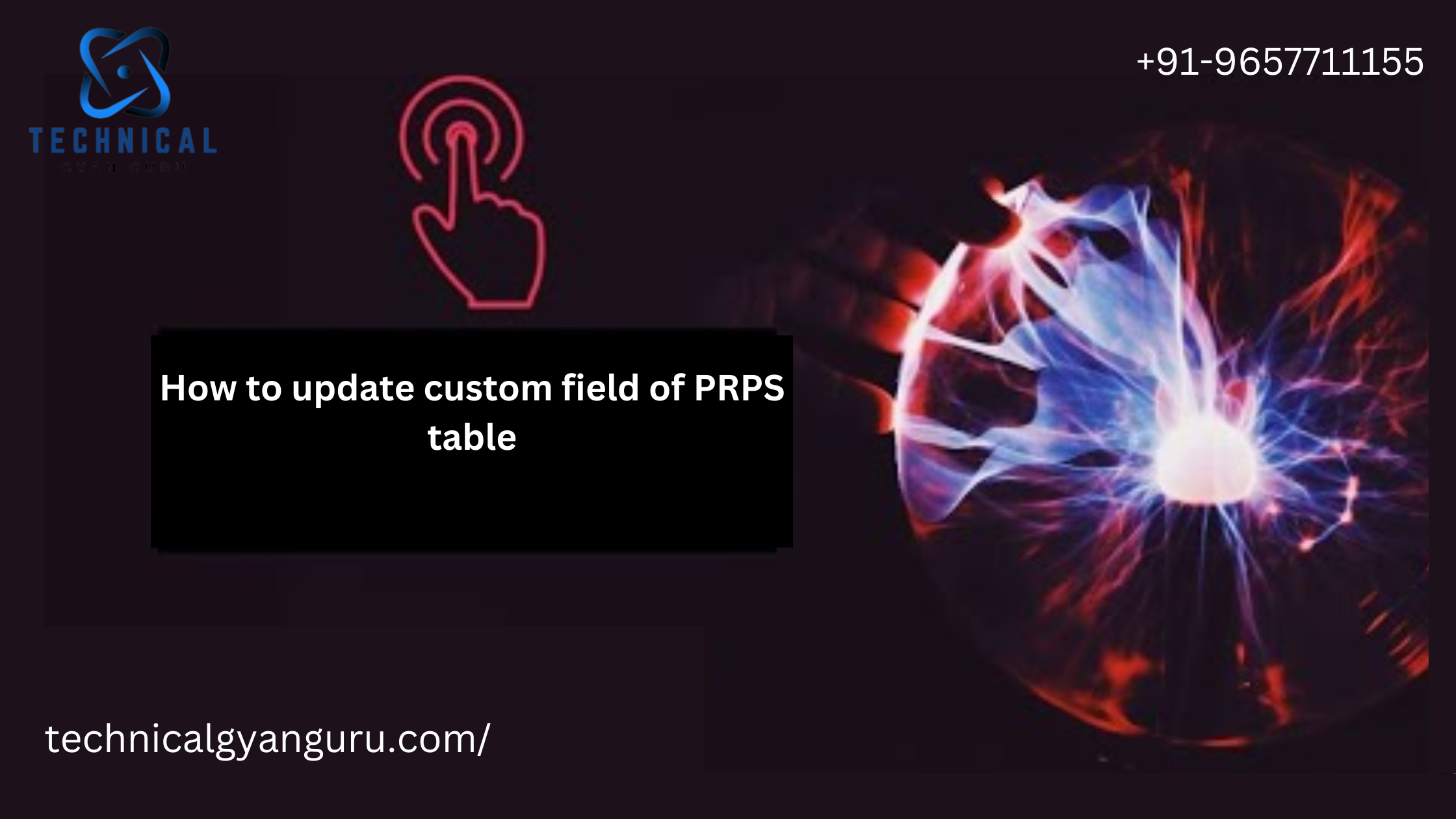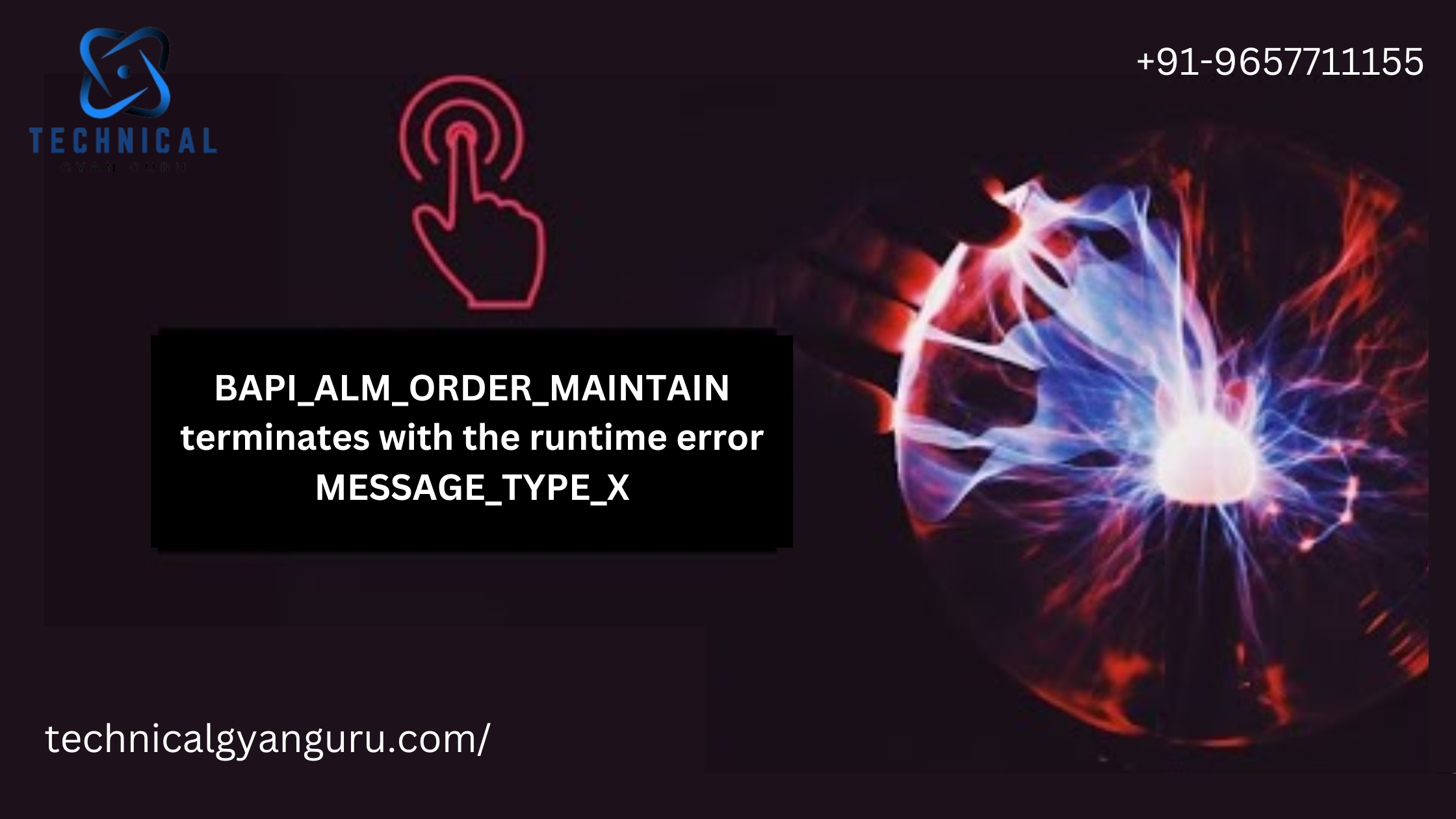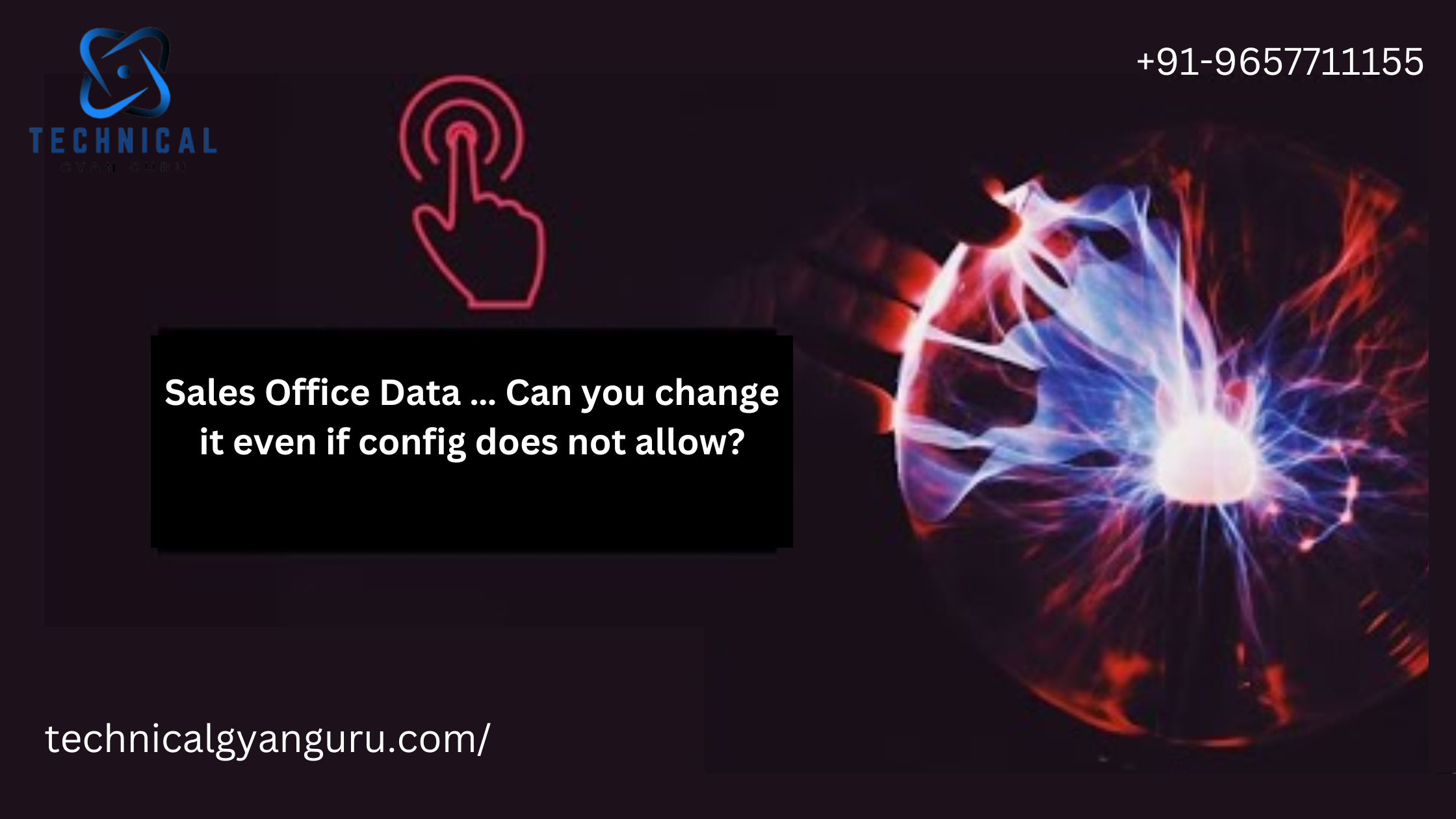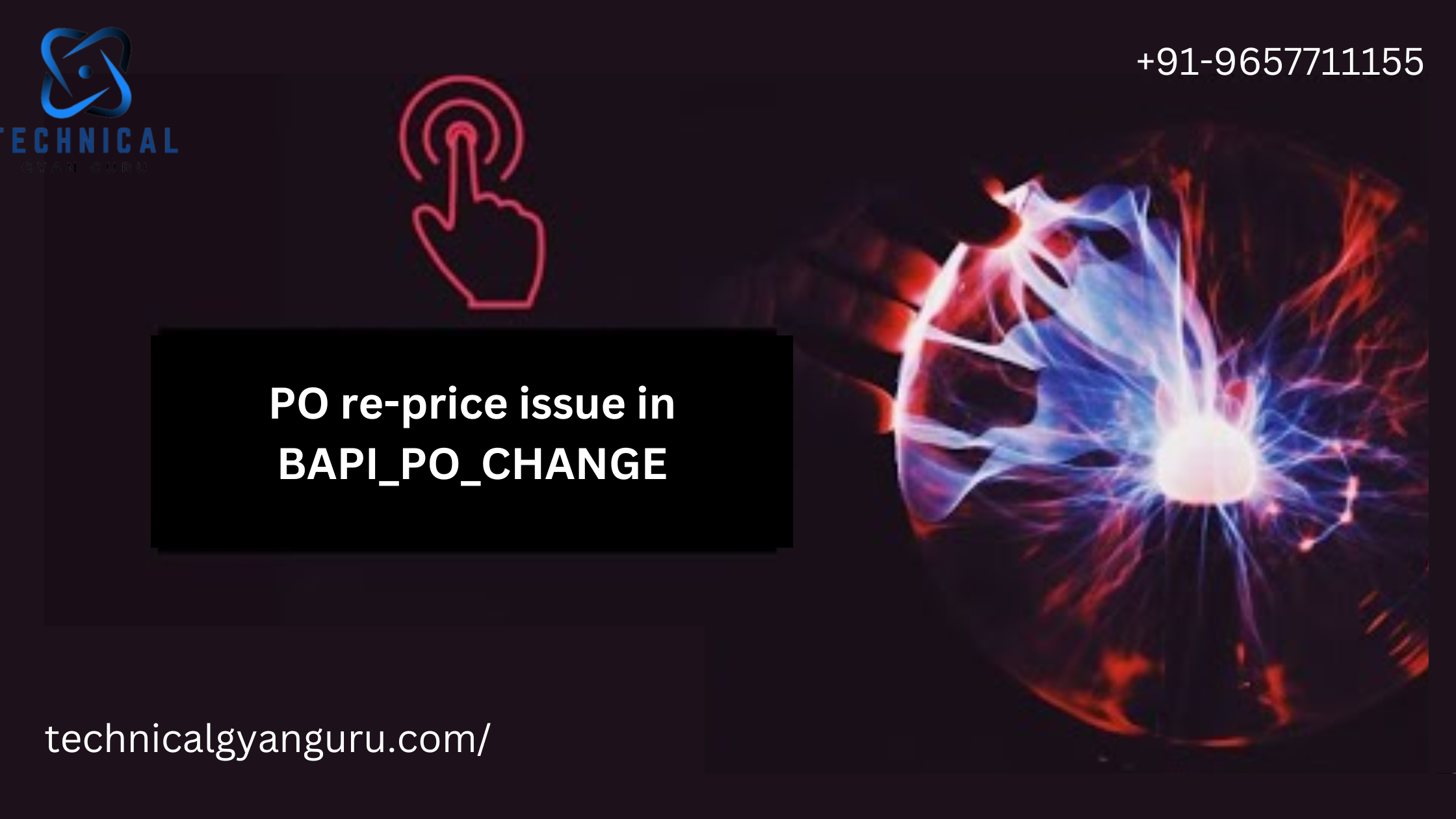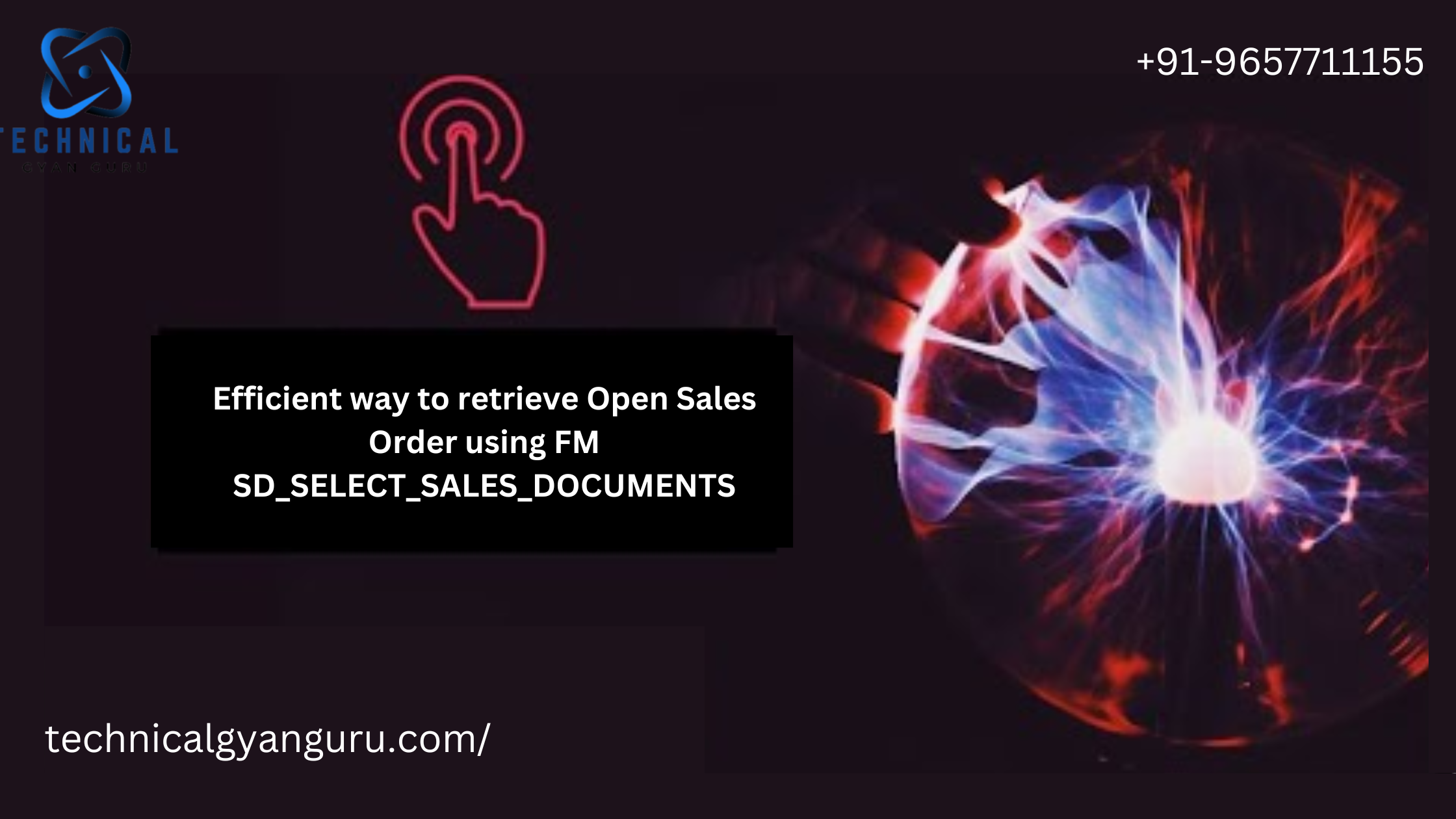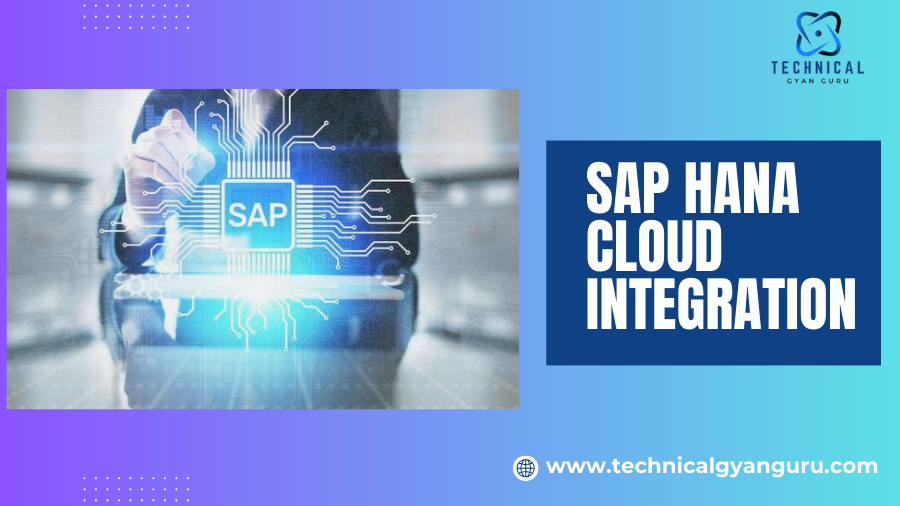
Unlock the power of SAP HANA Cloud Integration Optimize processes, improve data connectivity, and accelerate digital transformation with cutting-edge solutions.
today’s data-driven landscape, seamless integration between cloud and on-premise applications is crucial for businesses to unlock the full potential of SAP HANA. SAP HANA Cloud offers a powerful platform for real-time analytics and application development, but maximizing its value requires strategic integration practices. This blog delves into the best practices for SAP HANA Cloud integration in 2024, empowering you to optimize performance, streamline processes, and unlock new levels of efficiency.
Understanding Your Integration Needs
The foundation of successful SAP HANA Cloud integration lies in a clear understanding of your business requirements. Here’s what to consider:
- Data Landscape: Identify the data sources you want to integrate with SAP HANA Cloud, including on-premise ERP systems, cloud applications, and external databases.
- Integration Scenarios: Define the specific use cases for integration. Do you need real-time data replication, batch data transfer, or event-driven integration?
- Security and Governance: Establish data security protocols and governance frameworks to ensure compliance and data integrity throughout the integration process.
Choosing the Right Integration Tools
SAP provides a comprehensive suite of integration tools for SAP HANA Cloud:
- SAP Integration Suite: A powerful platform offering pre-built connectors, message mapping, and process orchestration for complex integration scenarios.
- SAP Cloud Connector: Enables secure communication between on-premise systems and SAP HANA Cloud applications.
- SAP HANA Cloud Data Services: Provides APIs for accessing and manipulating data in SAP HANA Cloud.
The optimal tool selection depends on your specific needs and integration complexity. Consider factors like scalability, security features, and ease of use.
Leveraging the Power of APIs
APIs (Application Programming Interfaces) play a critical role in modern integration strategies. SAP HANA Cloud offers a robust API framework for exposing data and functionalities to external applications. By leveraging APIs, you can:
- Establish Microservices Architecture: Break down complex applications into smaller, modular services that can be easily integrated.
- Enable Real-time Data Sharing: Facilitate real-time data exchange between SAP HANA Cloud and other applications for improved decision-making.
- Extend Functionality: Develop custom applications or integrations that cater to specific business needs.
Optimizing Data Modeling and Security
For seamless integration, ensure your data models in SAP HANA Cloud and connected systems are aligned. Standardize data formats and structures to minimize mapping complexities during data exchange.
Security is paramount. Implement robust access controls, encryption protocols, and data masking techniques to safeguard sensitive information throughout the integration process.
Key Features of SAP HANA Cloud Integration in 2024
Here are some of the key features that make SAP HANA Cloud Integration a compelling solution in 2024:
- Enhanced Connectivity: The platform boasts an ever-expanding library of pre-built connectors, enabling seamless integration with various cloud applications, databases, and business services.
- Streamlined Development: The low-code/no-code development environment empowers users to build and manage integrations visually, reducing development time and effort. This is particularly beneficial for businesses with limited IT resources.
- Real-time Data Processing: SAP HANA Cloud Integration leverages the in-memory capabilities of SAP HANA, allowing for real-time data processing and integration. This ensures that your applications have access to the most up-to-date information for faster decision-making.
- Advanced Event Mesh: The introduction of an advanced event mesh in the Spring 2024 update facilitates distributed tracing and simplifies communication between microservices and APIs. This enhances the overall visibility and manageability of your integration landscape.
- Terraform Support: The March 2024 update introduced Terraform support, allowing administrators to leverage Infrastructure as Code (IaC) principles for automating database provisioning, configuration, and lifecycle management within SAP HANA Cloud. This promotes greater infrastructure automation and consistency.
- Direct S/4HANA Cloud Event Consumption: The Spring 2024 update allows for direct consumption of events generated by SAP S/4HANA Cloud. This eliminates the need for additional middleware and simplifies real-time integration between your core ERP system and other applications.
Conclusion
Effective SAP HANA Cloud integration empowers businesses to unlock the true potential of their data. By following the best practices outlined in this blog, you can establish a secure, efficient, and scalable integration environment that fosters improved decision-making, streamlined processes, and a significant competitive advantage. Remember, staying current with the latest SAP HANA Cloud features and embracing innovative integration techniques will ensure your organization remains at the forefront of data-driven performance.
you may be interested in this blog here:-
Demystifying the Duolingo English Test Fee: What You Need to Know
Career Journey as an Application Development Analyst at Accenture
Efficient Operations and Innovative Solutions with SAP Application Management Services




